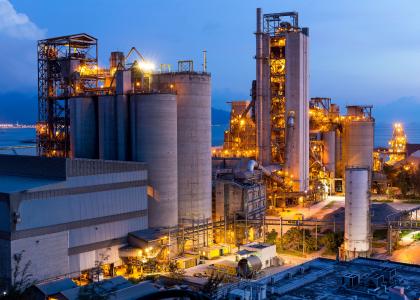The ability to develop and deploy new technology is the reason for our international competitiveness. I have listed some steel industry facts below and these are representative of the type of gains also made in other manufacturing sectors:
- The domestic steel industry is the lowest CO2 emitter among world steelmaking nations as a result of billions of dollars of investment in process improvements;
- It is preferable, both economically and environmentally, to produce steel in the U.S.;
- The steel industry has reduced energy per ton of steel produced by 33% since 1990, and as a result of this achievement, our processes are pushing against their energy limits as defined by the laws of physics.
This last statement is particularly important and goes to the subject of today's briefing. First, let me tell you that many of the advances made since 1990 are a result of co-funded research with DOE. The second point, "our processes are pushing against their energy limits as defined by the laws of physics" is the key criterion that is driving our research today. Steelmakers, as well as operators in other manufacturing sectors, are now focused on the next technology breakthroughs—that is, to save any more energy in steelmaking, we have to fundamentally change the way we make steel—using completely new processes and different fuels.
In the steel industry, we call this research the CO2 Breakthrough Program. We are developing processes that will make steel by emitting little or no CO2. These processes are currently being researched at MIT and the University of Utah and use green electricity and hydrogen to replace carbon fuels. Another project with the McMaster University in Canada recycles steel plant waste and captures virgin iron units.
These projects struggled for collaborative funding at a time when the DOE program budget was very low, but due to their importance, are currently being funded entirely by industry. However, in 2010, when they leave the laboratory and are ready for small- and medium- scale industrial trials, the costs will jump into the hundreds of millions of dollars.
In Europe and Japan, steelmakers are also researching their "CO2 Breakthrough Technologies." The EU Commission has just reached an agreement with EU steelmakers to jointly (50/50) spend

